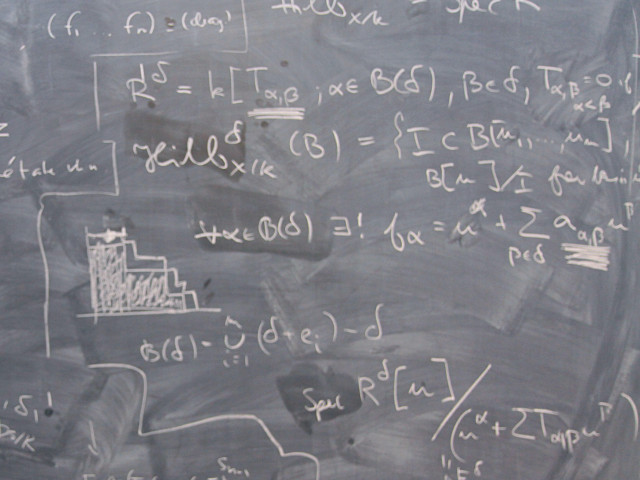_1. Numeric calculations
_Different types of calculations, fractions, exponentiation
_2. Algebra
_Algebraic expressions, linear expressions, quadratic expressions
_3. Roots and logarithms
_Roots, root equations, logarithms, logarithm equations
_4. Trigonometry
_Angles and circles, trigonometric functions, trigonometric relationships, trigonometric equations
_5. Written account and communication
_How to write about math, individual assignments
The course, which is a bridge between high school and higher education, consists of four main parts and hand in assignments. The sections go through some of the basic knowledge important to have fully updated for upcoming higher education studies. The course is web based and flexible, i.e. the student studies in a pace that suits him or her best.
After the course the student should be able to;
- Decide which one of two logarithmic xpressions is bigger based on a comparison of base/argument
- Simplify algebraic expressions and process these with the rules of squares
- Solve algebraic equations which after simplification or by using logarithms lead to first degree equations
- Solve second degree equations by completing the square and know how to check the solution
- Factorize second degree expressions and know how to solve factorized or almost factorized second degree equations
- Decide on the smallest/largest value a second degree expression can take
- Solve simple root equations by the use of squares and know why the solution has to be proven
- Convert between the formulas y=kx+m and ax+by+c=0
- Sketch straight lines from the equation
- Solve geometric problems that contain straight lines
- Sketch the graph for second degree functions with the help of completing the square
- Sketch areas that are given by linear differences and decide the area of these
- Formulate and use the Pythagorean theorem
- State the values of cos, sin and tan for the standard angles 0°, 30°, 45°, 60° and 90° by heart
- Solve trigonometric problems that involve orthogonal triangles
- Convert degrees, radians and circuits and be aware of the terms unit circle, tangent, radius, diameter, periphery, chord and arc
- Decide the values of sin, cos and tan for arguments that can be reduced to the default angles I one of the squares
- Sketch the graph for cos, sin and tan
- Calculate the area and circumference of circular sectors
- Calculate the distance between two points of a plane
- Sketch circles by completing the square in their equations
- Solve geometrical problems with the help of the law of Area, the law of Sinus and the law of Cosine
- Derive trigonometric relationships from symmetry in the unit circle
- Simplify trigonometric expressions with the help of the trigonometric relationships
- Solve trigonometric base equations
- Solve trigonometric equations that can be transformed back into trigonometric base equations.
